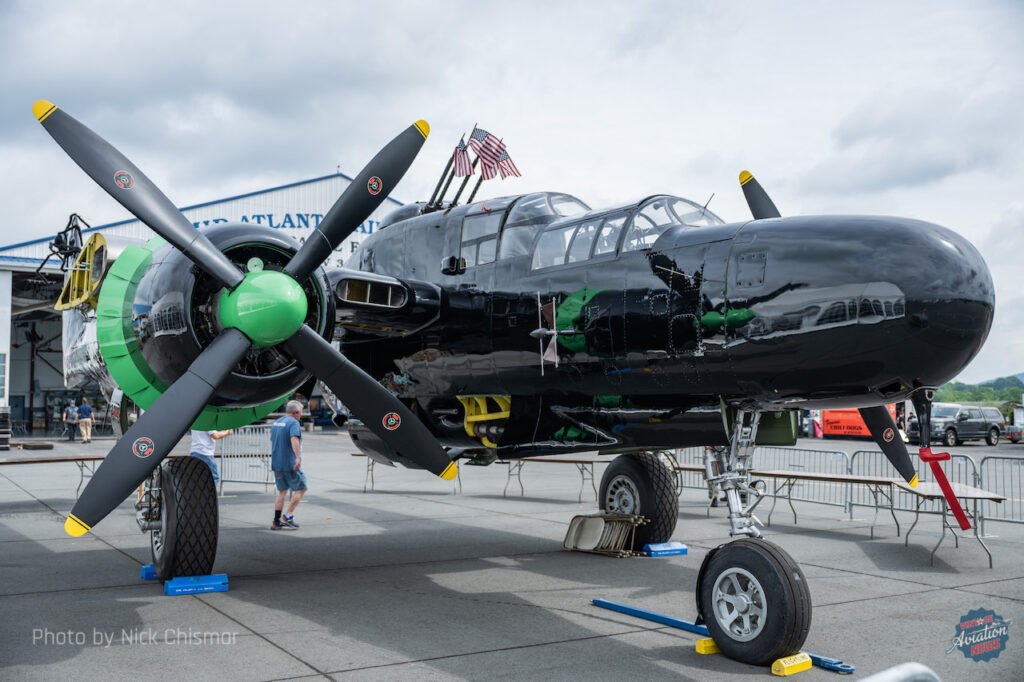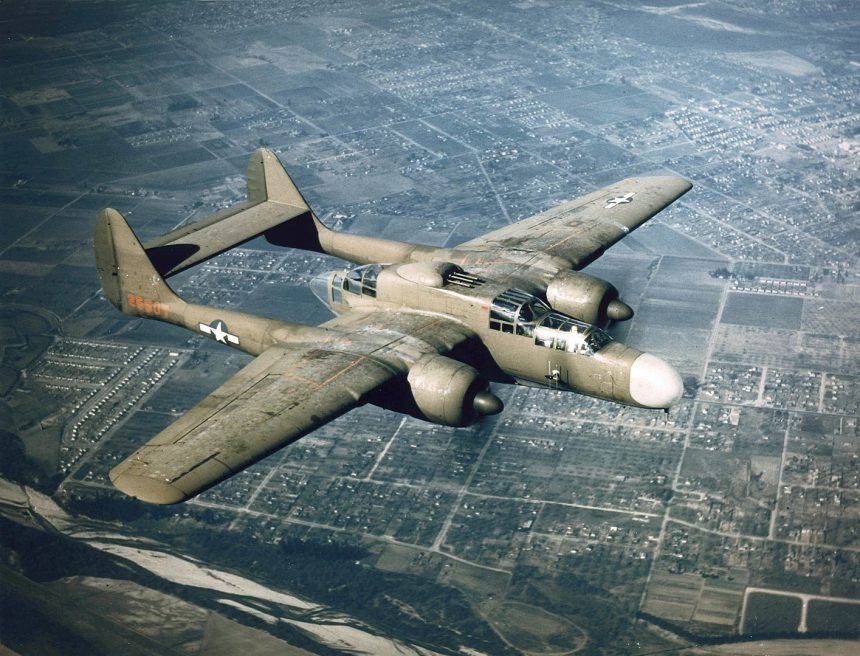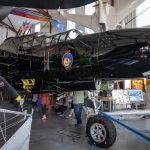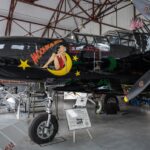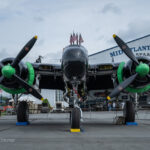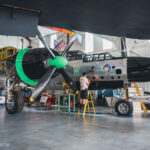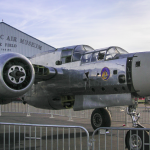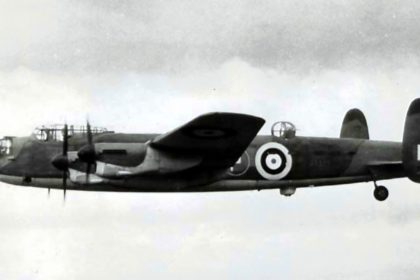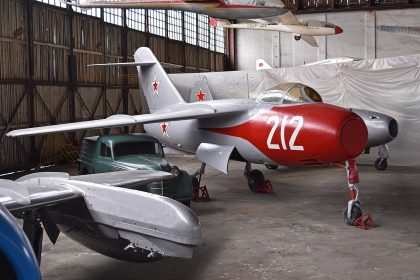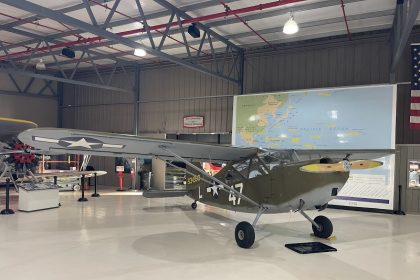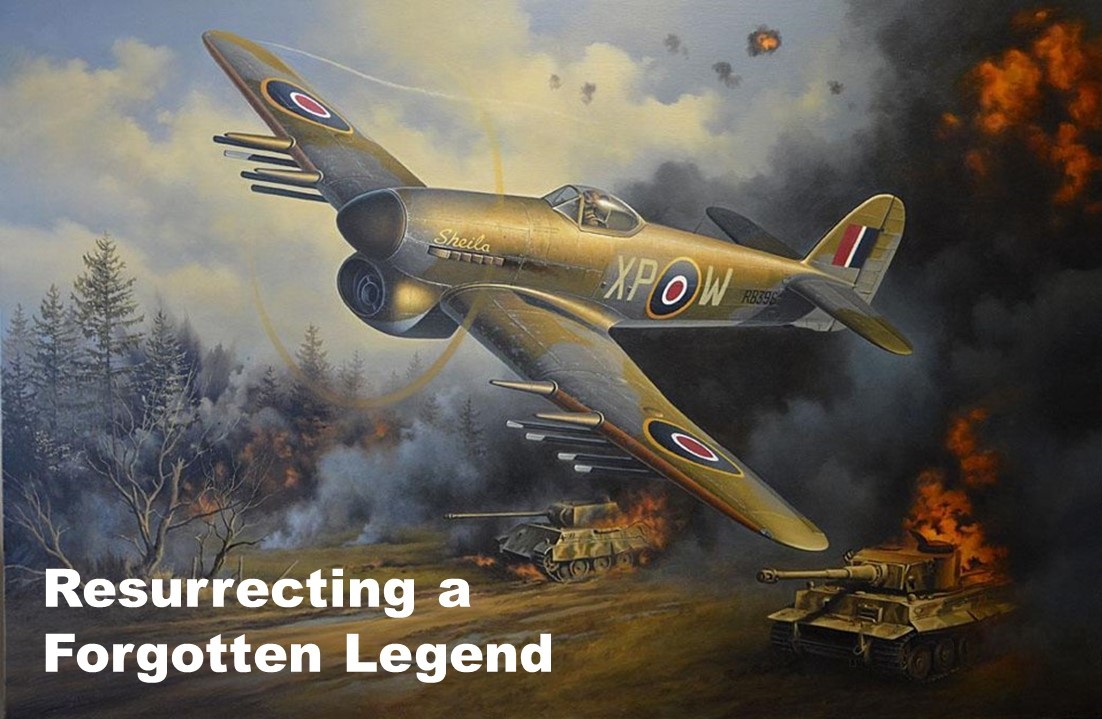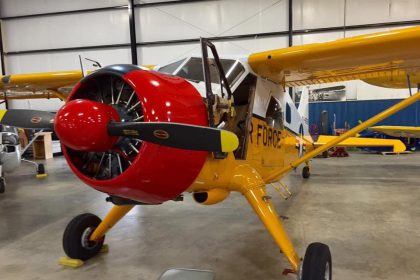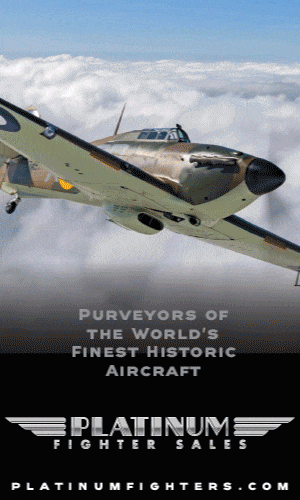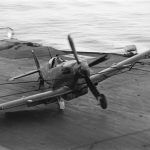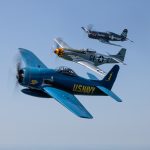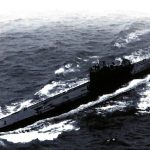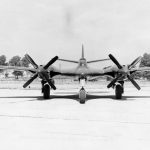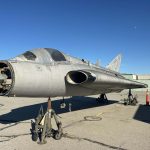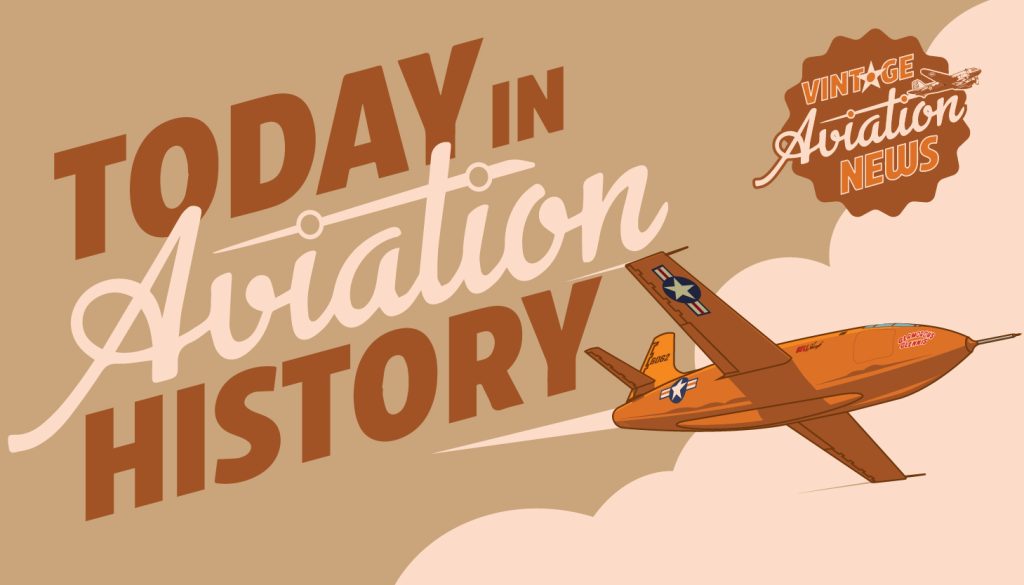
On this day in aviation history—83 years ago, on May 26, 1942—the Northrop XP-61 Black Widow prototype took to the skies for the first time. At the controls of aircraft XP-61-NO, serial number 41-19509, was test pilot Vance Breese. Breese was no stranger to historic firsts—he had also piloted the inaugural flight of the North American NA-73X, the prototype that would evolve into the iconic P-51 Mustang, on October 20, 1940. The XP-61’s maiden flight took place over Northrop Field in Hawthorne, California.
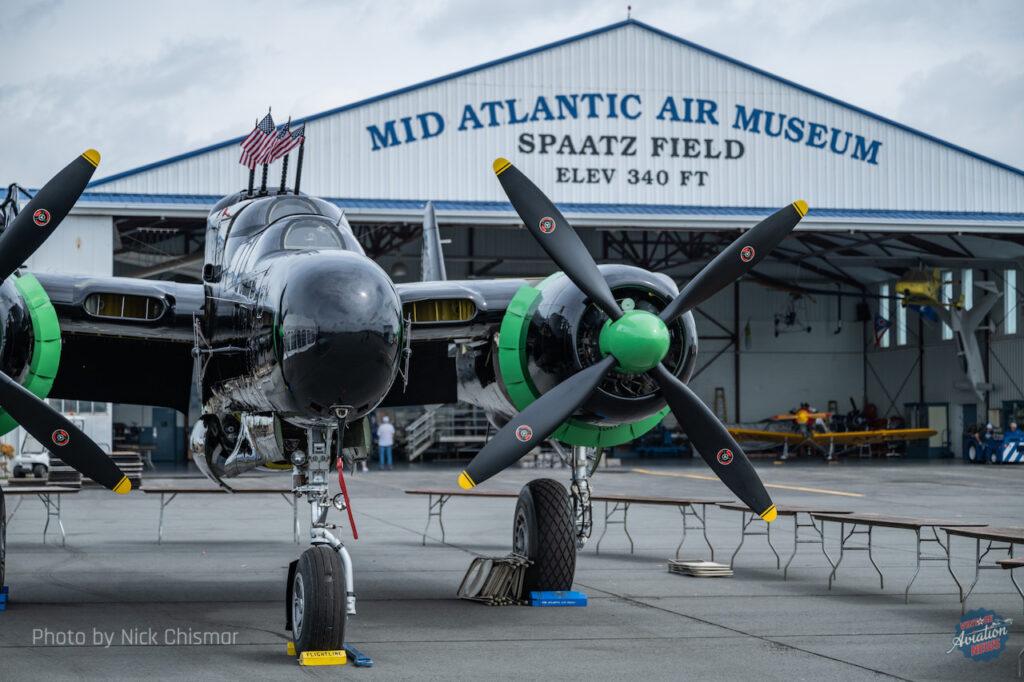
The P-61 Black Widow was a groundbreaking design—the first American aircraft specifically created as a night fighter. Developed for the U.S. Army Air Forces during World War II, the aircraft was comparable in size to medium bombers of the era, such as the B-25 Mitchell and A-26 Invader. Among its many distinctive features were spoilers mounted atop the wings outboard of the engines, which replaced conventional ailerons—a unique solution that contributed to the aircraft’s maneuverability.
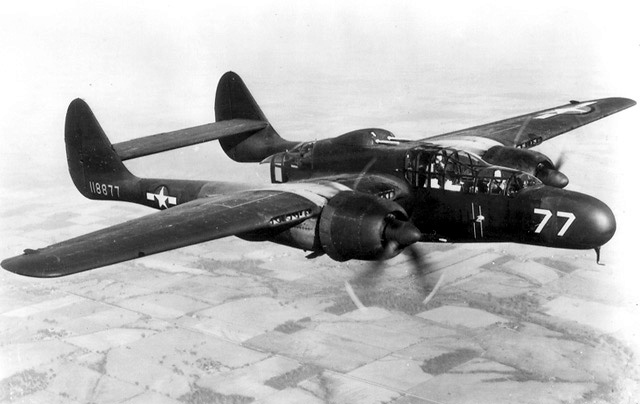
Equipped with onboard radar, the P-61 was built to locate and destroy enemy aircraft in darkness or poor visibility, giving Allied forces a much-needed advantage in night combat. The Black Widow saw action in both the European and Pacific Theaters, flying missions that included nocturnal raids on trains and airfields, as well as support operations to assist in the rescue of prisoners of war.
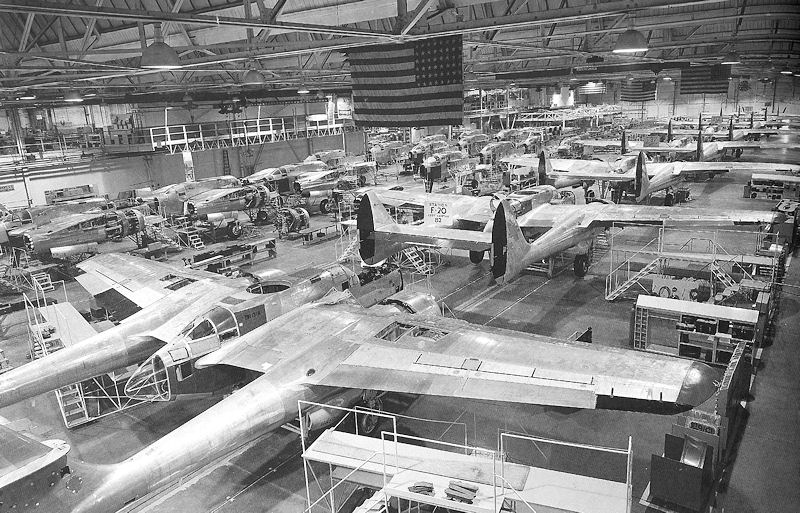
The aircraft was typically crewed by two or three personnel: a pilot, a radar operator, and, in some configurations, a navigator. Power came from two Pratt & Whitney R-2800-65W 18-cylinder radial engines, which together delivered 4,500 horsepower. This enabled the P-61 to reach a top speed of 366 miles per hour, with a range of 1,350 miles and a service ceiling of 33,100 feet.
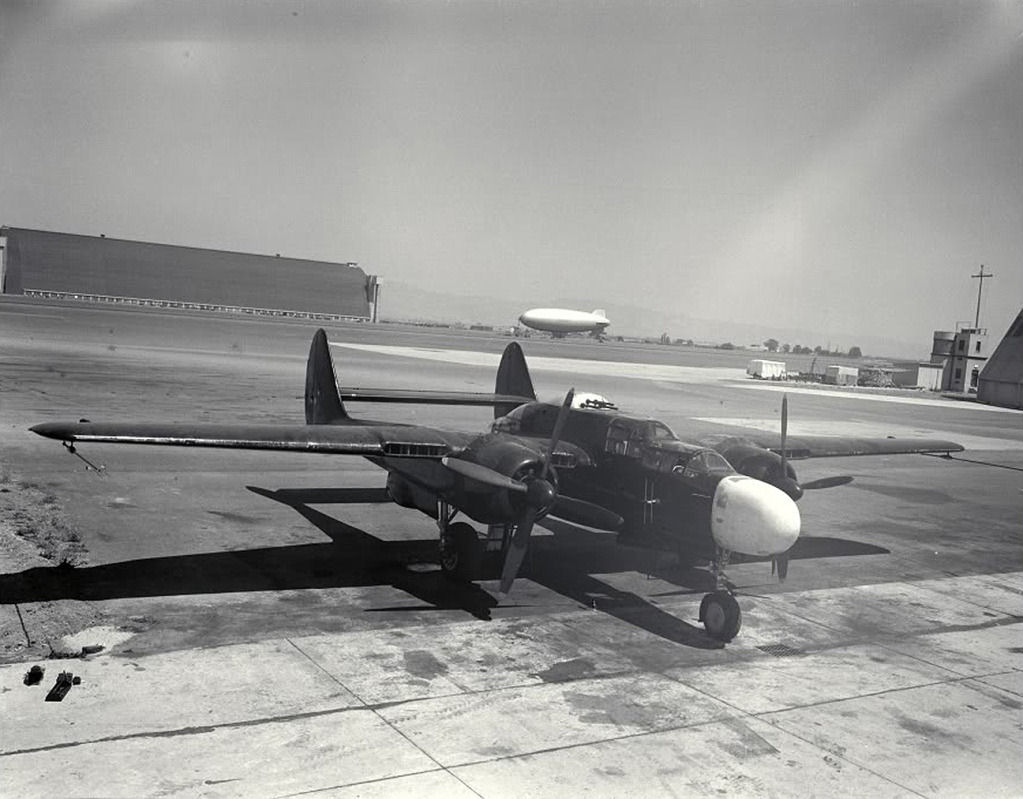
Heavily armed, the Black Widow featured four forward-firing 20mm Hispano AN/M2 cannons mounted in the ventral fuselage, along with four .50 caliber M2 Browning machine guns housed in a remotely operated upper turret. In addition to its formidable gun armament, the aircraft could carry up to 1,600 pounds of bombs or six 5-inch HVAR unguided rockets mounted under the wings.
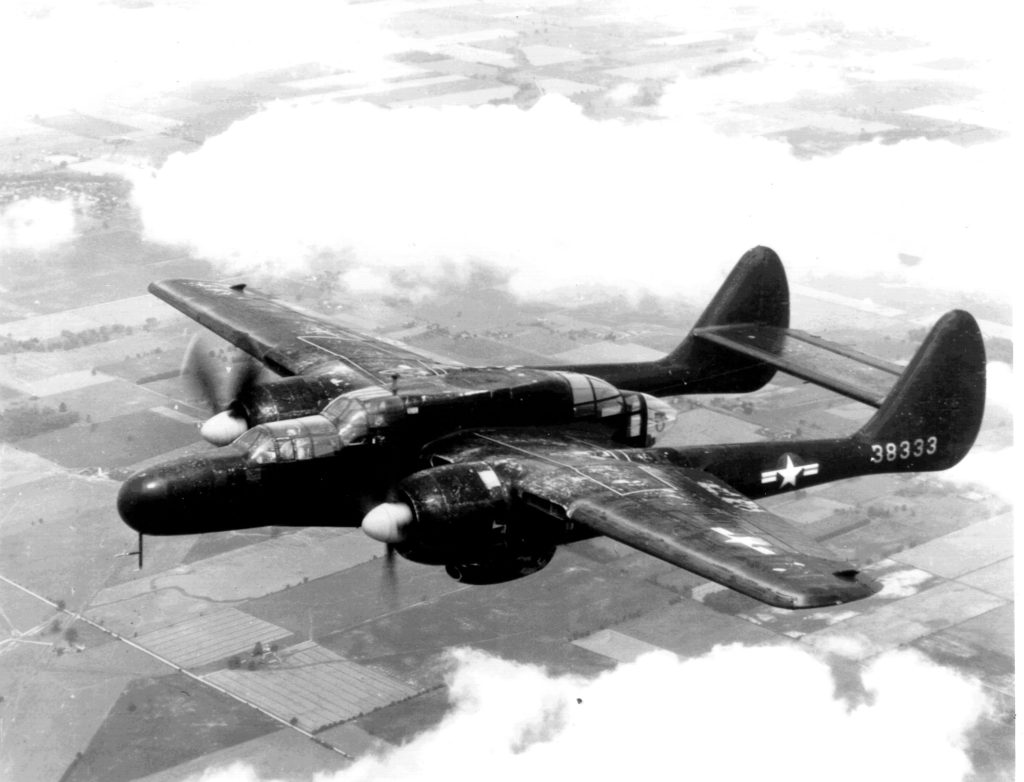
During World War II, 706 P-61s were produced. Today, only four are known to survive. One, a P-61B-15-NO with serial number 42-39715, is displayed at the Beijing Air and Space Museum at Beihang University in China. Another, a P-61C-1-NO with serial number 43-8330, is preserved at the Smithsonian National Air and Space Museum’s Udvar-Hazy Center. A third, serial number 43-8353, is part of the collection at the National Museum of the United States Air Force in Dayton, Ohio. The fourth surviving example, P-61B-1-NO serial number 42-39445, is undergoing a meticulous restoration to airworthy condition by the Mid-Atlantic Air Museum in Reading, Pennsylvania.
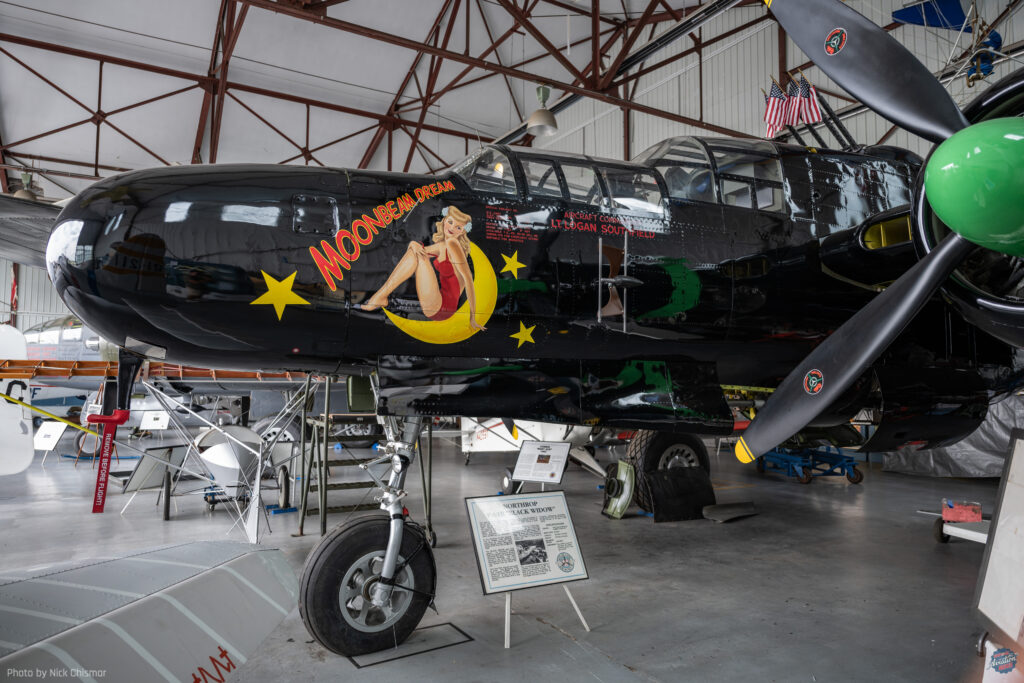
This ambitious restoration project has spanned decades, and although it has faced its share of challenges, progress continues steadily. Each completed task brings the aircraft closer to flying once more. When it does, it will not only mark the return of a rare and important warbird to the skies—it will also serve as a living tribute to the ingenuity and bravery of those who designed, built, and flew the Black Widow into history.
